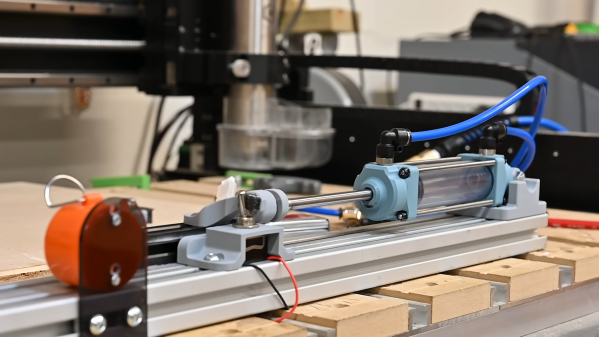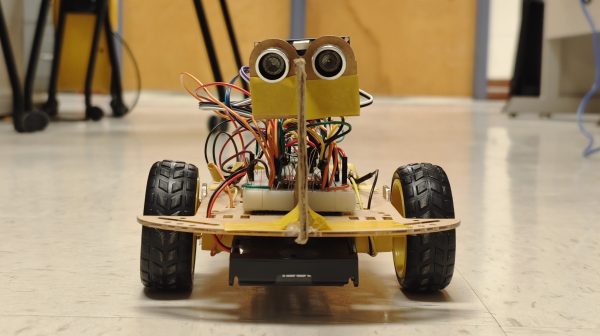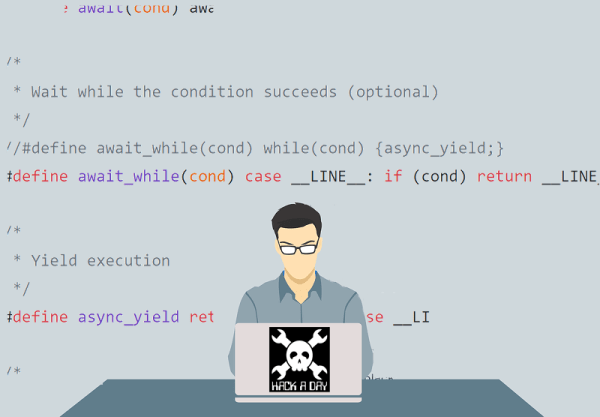Phones can be distracting, with notifications popping up all the time to snare our attention and maybe even ruin our lives. [Guy Dupont] wishes to be no slave to the machine, and thus built a solution. Enter Mailblocks.
The concept is simple. It’s a physical mailbox which [Guy] can put his phone in. All notifications on the phone are blocked unless he puts his phone into the box. When the phone is inside and the box is closed, the little red flag goes up, indicating “DOPAMINE” is available, and [Guy] can check his notifications.
To achieve this, [Guy] is running a custom DNS server. It redirects all the lookups for push notifications on Android so they go nowhere. Placing the phone in the mailbox turns the re-directions off, so the phone can contact the usual servers and get its notifications as normal.
It’s a novel way of fighting against the constant attention suck of modern smartphones. Rather than being bombarded by notifications in real time, [Guy] instead has to take a significant intentional physical action to check the notifications. It cuts the willpower required and the interruptions to his work in a fell swoop.
We’ve featured [Guy’s] innovative and outside-the-box projects before, too. His smart pants were an absolute tour de force, I might add.
Continue reading “Mailblocks Makes Your Phone Work More Like The Post, Kinda?”


















